
Today, we’re diving into a fascinating topic: polyglot Popes. This is no minor detail—and one that is often overlooked. For at least the past half-century, the highest representatives of the Catholic Church have been multilingual. In this article, we’ll explore the relationship between the Catholic Church and language, going beyond matters of faith and doctrine to examine language as a tool of diplomacy and mass communication.
Rather than viewing it purely through a spiritual lens, we’re analyzing the Pope’s role as the head of a sovereign state, a global communicator, and a diplomatic figure who spreads messages to millions worldwide.
This topic becomes even more intriguing when the papal election becomes a global, real-time event, broadcast 24/7. So, we ask ourselves:
Has the Church chosen polyglot Popes by chance?
Or rather, is being multilingual a sine qua non requirement for ascending to the papacy in modern times?
To understand this, we need to examine how the Vatican has embraced communication media as a strategic tool. This sheds light on something crucial about an institution that has been shaping the world for over two millennia.
Communication as a key pillar of the Catholic Church
Talking about the Church—any church—is always complex. Many people lump religion and faith into the same conversation, which often touches on sensitive issues. That’s why you’ve probably heard the saying: “Never talk about religion or politics at the dinner table.” In fact, we’ve even advised you to avoid crossing that red line—especially when traveling abroad or immersing yourself in a new culture.
That’s precisely why, in the following lines, we’re setting aside religious beliefs to focus on the polyglot Popes from a different angle. We’ll concentrate on how a centuries-old institution like the Catholic Church has used language as a bridge. And more specifically, how it has embraced language as a mass communication tool. Before diving in, we invite you to look at this topic through an objective lens—far removed from spiritual considerations.
With that in mind, let’s explore how an institution that represents more than 1.4 billion people has approached language throughout modern history.
From Latin to your language: A monumental shift
Until not so long ago—just about 60 years—the Church communicated almost exclusively in Latin. The Pope, speaking from his throne in Rome, led the Church in a solemn and distant manner. But that changed for many reasons, some more earthly than divine. One of the most pressing issues was the growing disconnect between the institution and the masses.
Starting in the 1970s, under Pope John XXIII—one of the polyglot Popes we’ll discuss later—the Church underwent deep reform. Mass was no longer delivered in Latin, and the Pope began stepping out from behind the Vatican walls. Television and radio were no longer seen as threats, but as opportunities.
The Pope started addressing global audiences. Using a single language was no longer effective. The Church understood it had to adapt in order to do what it has always done for two millennia: survive and grow.
Almost instantly, the Church began taking its message far beyond the Basilica of St. Peter—in French, Spanish, English, and even Swahili. But why was it so important for the Church to be understood?
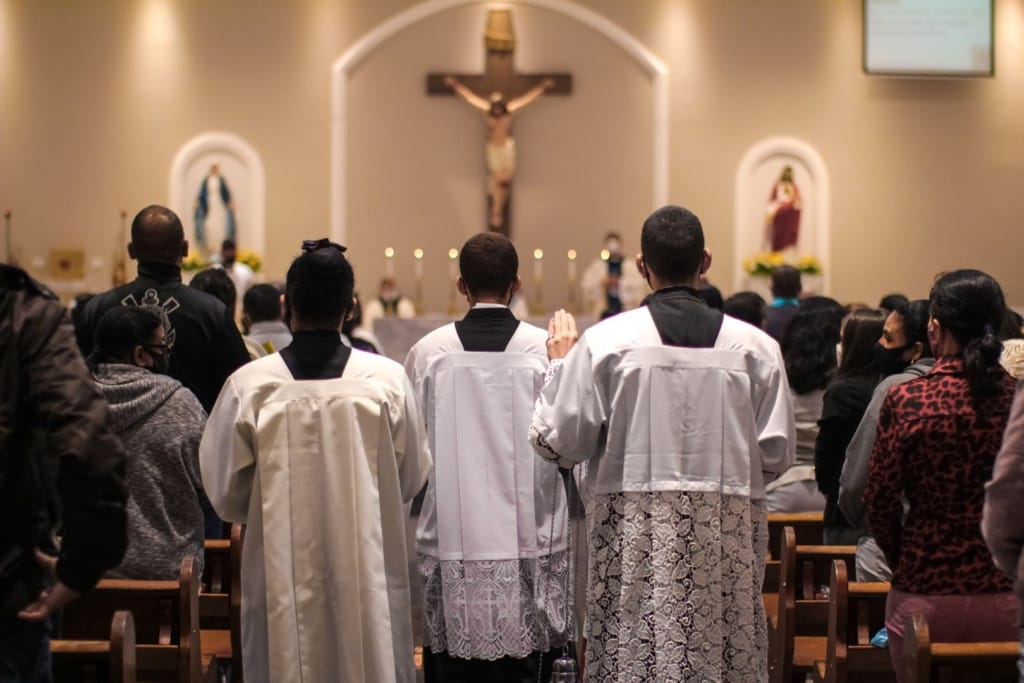
Why the Church needed to be understood
If there’s one undeniable truth about Catholicism, it’s that it has mastered the art of adaptation. While many might not notice, the Church of today is vastly different from the one your grandparents knew. In fact, the Church has become increasingly communicative.
Its willingness to adopt local languages has enabled it to establish a presence in countries where Catholics are a minority—or even where no dominant religion exists.
Today, there are Catholic churches in Polynesia and remote Amazonian villages. Can you imagine sharing a message in a language completely foreign and unintelligible to local people? It wouldn’t just be ineffective—it would be useless.
In this regard, the Church could teach multinational corporations a thing or two about marketing. A message that’s not just translated but adapted to the local language builds trust and emotional closeness. It becomes something the audience can relate to—and that, strategically speaking, has been a masterstroke.
If we look at global demographic data, the Vatican’s decision to shift communication policies may be one of its most impactful moves in modern history. While Latin still holds its symbolic place, the Church’s embrace of hundreds of languages has proven to be an incredibly smart strategy.
Radio, television, internet, and even influencers: The Church’s modern communication channels
Before 1931, no ordinary Catholic had ever heard the Pope’s voice. A believer in rural Argentina or Manila had no idea how the Pope sounded. That changed when Pope Pius XI delivered the first mass radio address, titled Qui arcano Dei, in Latin. This marked the beginning of a communication tool that still thrives today: Vatican Radio.
Since its creation nearly a century ago, Vatican Radio has grown into far more than a typical radio station. It is now a global network, broadcasting in over 100 languages, and reaching nearly every corner of the world. The Church also operates TV networks and websites in multiple languages.
In today’s digital age, the Catholic Church is active on social media with widely followed accounts. Some priests have become influencers, and yes—even DJ priests exist. This is just further proof that the Church now sees communication as a cornerstone of its growth. And at the heart of this evolution have been the polyglot Popes.
But why have they been so essential?
What influence have polyglot Popes had on the expansion of the Catholic Church?
One day, someone told Joseph Stalin that the Pope had condemned one of his actions. The Soviet leader famously replied with sarcasm: “How many divisions does the Pope have?” Whether the quote is accurate or not, it reflects a critical point: many world leaders have underestimated the Pope’s influence.
Beyond being the “Vicar of Christ” or “Successor of Peter,” the Pope plays a vital role in global geopolitics. His words carry weight far beyond religious circles. That’s why the reach and clarity of his message have become a matter of strategic importance for the Church.
And this is precisely where the role of polyglot Popes has become increasingly relevant—especially in the last six decades, during a time of rapid media evolution and shifting Church priorities.
What the Pope says, how he says it—and most importantly, in what language
Unlike many other religious leaders, the Pope holds a unique global status. You don’t have to be Catholic—or even religious—to be interested in his views. People from all faiths, and even those without religious affiliation, often see the Pope as a moral authority.
That’s why making his message multilingual is just as important as the content itself.
Reaching people beyond faith and frontiers
With the rise of television, radio, and mobile devices, clear and direct communication from the Pope has become essential. Over the past few decades, nearly every Pope has spoken multiple languages, which has allowed the Church to dramatically broaden the reach of its message.
These polyglot Popes have helped the Vatican connect with audiences worldwide—not only through translated content but through direct, personal communication in their native tongues. And this is no coincidence.
Since the second half of the 20th century, we’ve consistently seen Popes who speak several languages fluently. In fact, the last four Popes, including the most recently elected, have each been fluent in at least four languages.
But what are the backgrounds of these modern Catholic leaders? And can we confirm that the most recent occupants of the Vatican throne have all been polyglots?
Let’s take a closer look.
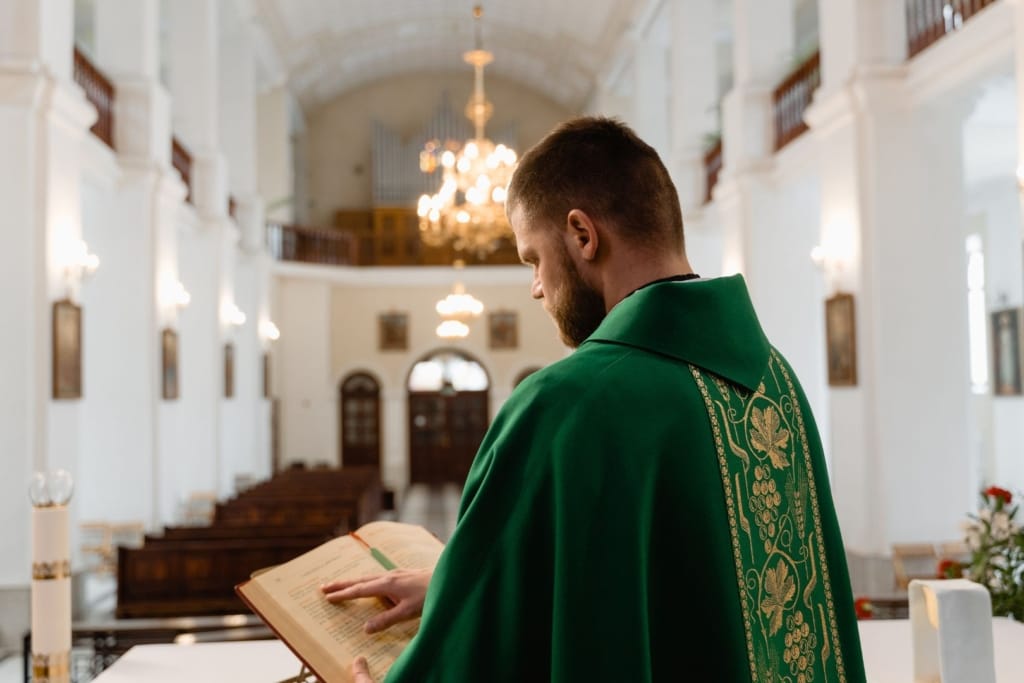
The polyglot Popes of the last century: A linguistic profile
To keep this analysis as neutral and informative as possible, let’s focus on the linguistic profiles of the last Popes. Specifically, we’ll examine how many languages each pontiff spoke. As you’ll see, it’s no coincidence that all recent Popes have been polyglots. Let’s take a closer look.
John XXIII (Angelo Giuseppe Roncalli) – Pope from 1958 to 1963
Born in Italy in 1881, John XXIII is remembered as “the Good Pope.” He was the one who convened the Second Vatican Council, aiming to modernize the Church and bring it closer to the modern world.
Before becoming Pope, he served as Apostolic Delegate in Bulgaria, Turkey, and France, where he learned and mastered several languages.
His diplomatic skills, charisma, and vision for unity made him a central figure in 20th-century Catholicism. Importantly, John XXIII spoke Latin, Italian, French, Greek, Turkish, and Bulgarian fluently—six languages in total.
Paul VI (Giovanni Battista Montini) – Pope from 1963 to 1978
Born in Italy in 1897, Paul VI succeeded John XXIII and was responsible for completing and implementing the Second Vatican Council on a global scale. Known for his modern outlook and openness to interfaith dialogue, he was also a seasoned Vatican diplomat.
His language skills were crucial in his role, as he served in various countries representing the Holy See. Paul VI spoke the following languages:
- Italian
- Latin
- French
- English
- Spanish
- German
Another strong entry on our list of polyglot Popes.
John Paul II (Karol Józef Wojtyła) – Pope from 1978 to 2005
Born in Poland in 1920, John Paul II was the first non-Italian Pope in over four centuries. Widely known as “the Pilgrim Pope”, he visited more than 130 countries during his papacy, leaving a deep impression wherever he went.
His charisma—partly developed during his youth as a theater actor—made him a natural communicator in front of audiences and television cameras. He became a global moral leader during some of the most intense geopolitical moments of the late 20th century.
He is widely considered the most linguistically gifted Pope in Vatican history, speaking over 10 languages:
- Polish
- Italian
- Latin
- French
- German
- English
- Spanish
- Portuguese
- Slovak
- Russian
Benedict XVI (Joseph Ratzinger) – Pope from 2005 to 2013
Born in Germany in 1927, Benedict XVI was a brilliant theologian, prolific author, and an expert in Catholic doctrine. He held over eight honorary doctorates and published more than 150 books, making him a scholarly figurehead of the Church.
In 2013, he made history by resigning—becoming the first Pope to do so in more than 600 years. But aside from his intellectual legacy, Benedict XVI also stood out as one of the most polyglot Popes. He spoke:
- German
- Italian
- Latin
- French
- English
- Spanish
- Ancient Greek
- Hebrew
Francis (Jorge Mario Bergoglio) – Pope from 2013 to 2025
The first Latin American and Jesuit Pope, Francis was born in Buenos Aires in 1936. Known for his humble, pastoral approach, he focused his pontificate on mercy, social justice, and environmental stewardship.
His Jesuit background and missionary mindset helped him become a relatable and accessible global communicator. Francis speaks the following languages:
- Spanish
- Italian
- German
- English
- French
- Portuguese
- Latin
Another strong example of how language fluency supports papal influence worldwide.
Leo XIV (Robert Francis Prevost) – Pope Since 2025
The most recent and perhaps most surprising entry on our list of polyglot Popes, Leo XIV is the first American-born Pope, though he also holds Peruvian citizenship.
Previously appointed by Pope Francis to lead the Dicastery for Bishops, he was responsible for evaluating and appointing bishops around the world. His strong ties to Latin America positioned him as a key figure in Vatican diplomacy.
Born in Chicago to a French-American father and a Spanish immigrant mother, Leo XIV grew up in a multilingual environment and speaks the following languages fluently:
- Italian
- English
- Spanish
- Portuguese
- French
In addition, while not fully fluent, he has a solid reading and listening comprehension of Latin and German. According to his own words, he can read and understand them well, but still lacks full fluency in speaking.
Pope Leo XIV is also known for his embrace of modern technology—aiding his continuous language learning and enhancing his global communication efforts.
Translation technology: A key tool for language mastery
When it comes to the current Pope, his background as a scientist and mathematician has given him a uniquely practical perspective on technology. Even as a priest, he has shown great openness to using tech tools as essential aids for learning. It’s very likely that the most recent of the polyglot Popes will incorporate innovative resources to further expand his language skills.
Here are a few tools we could recommend:
AI-Powered voice translation
With apps like Talkao Translate and the Talkao real-time voice translator, it’s now possible to instantly translate conversations in over 125 languages. With nothing more than a smartphone, communication becomes seamless and natural, even across language barriers.
Text and document translation
Talkao AI text translator can handle virtually any format—plain text, documents, and even content in other alphabets. With the camera translator feature, it’s also possible to translate text found in images, signage, or printed materials with ease.
Video translation
As global leaders, Popes frequently engage in video calls, live streams, and online conferences. For such occasions, Talkao’s video translator is an ideal solution, offering real-time translation to enhance multilingual communication in digital spaces.
As we’ve seen, polyglot Popes have long understood the power of languages to spread a message that transcends borders. Today, thanks to cutting-edge translation technology, you too can adopt this mindset to fuel your personal and professional growth.



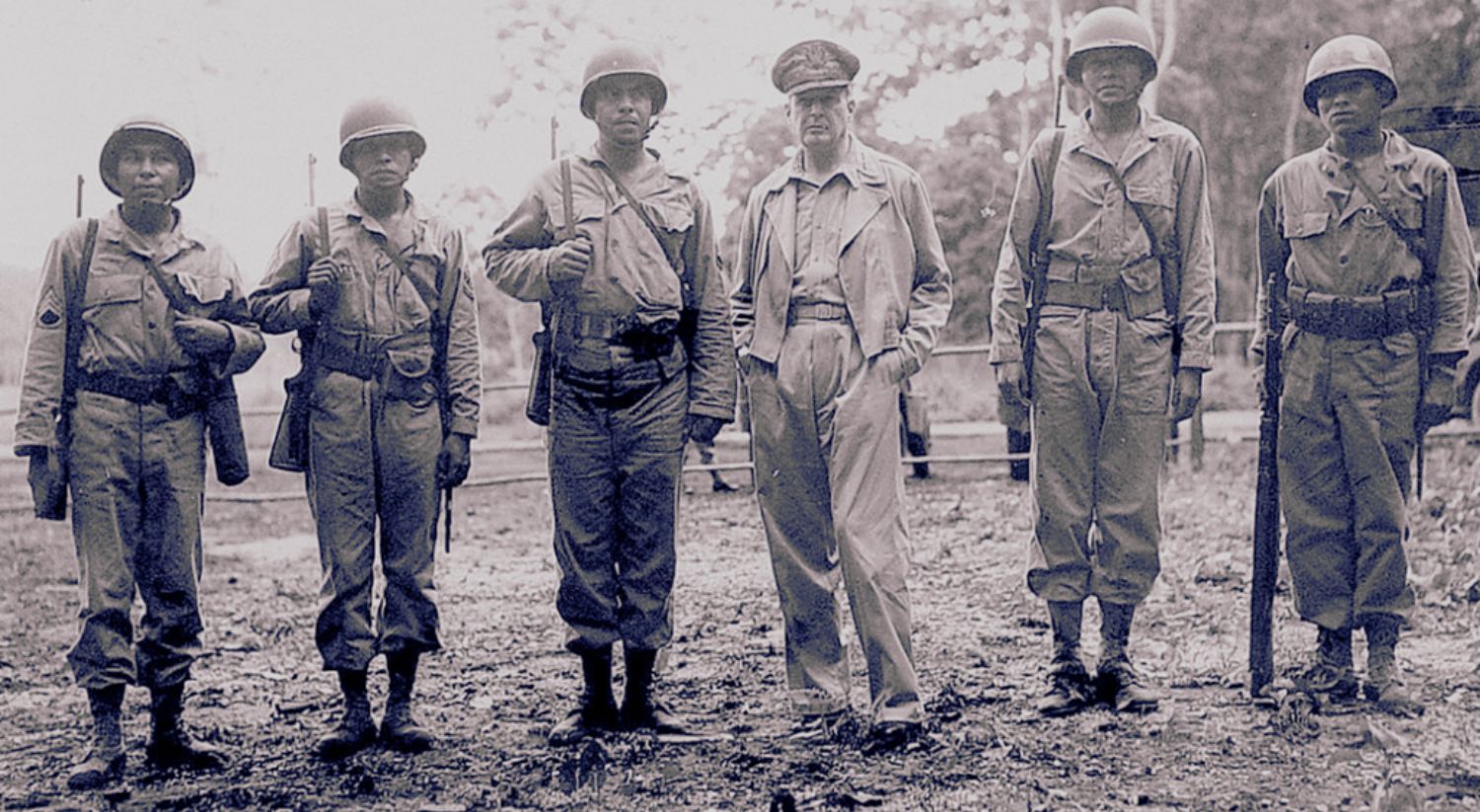
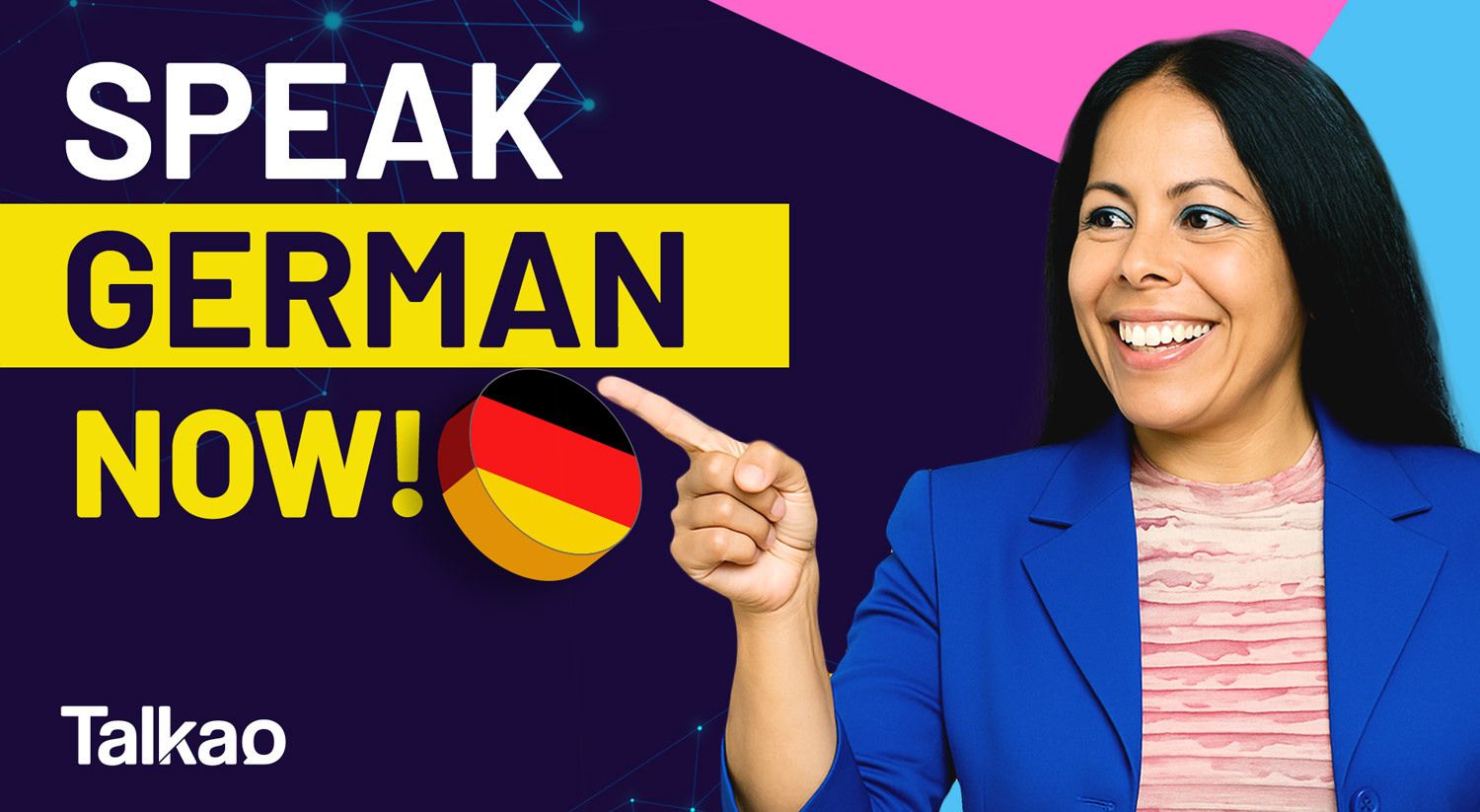


Newsletter